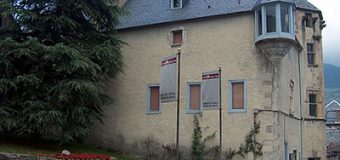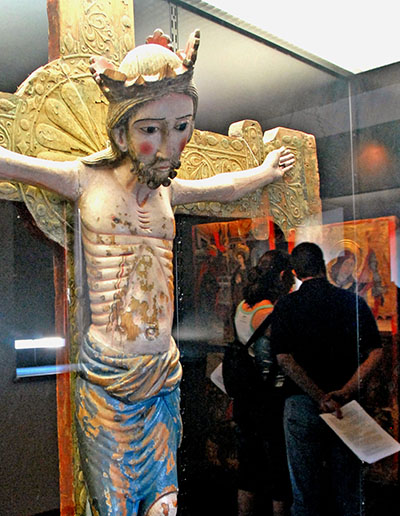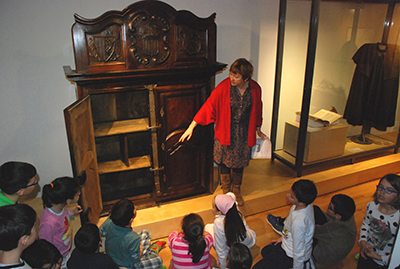Located in the town of Unha, just seven kilometres from the ski resort of Baqueira Beret, the Musèu dera Nhèu of the Val d’Aran joins a documented thematic exhibition on snow with worldwide references that make it a unique space in Europe.
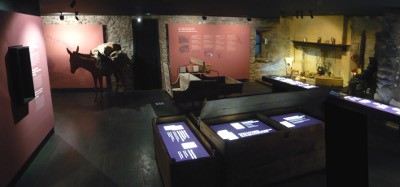 The Musèu dera Nhèu is a harmonious combination of audiovisual and interactive resources and graphics and written historical documents, can address the phenomenon of snow from the scientific perspective, ethnographic and sport, with the help of an extensive collection of testimonials items ranging from a mockup of Baqueira Beret until the first models of skis.
The Musèu dera Nhèu is a harmonious combination of audiovisual and interactive resources and graphics and written historical documents, can address the phenomenon of snow from the scientific perspective, ethnographic and sport, with the help of an extensive collection of testimonials items ranging from a mockup of Baqueira Beret until the first models of skis.
Coto Çò Baile an eighteenth century building, hosts this centre created in 2006, with 500 m2 of permanent exhibition on three floors and four sections on meteorological phenomenon; the harshness of life in these areas; snow sports; and ski resorts. The centre is complemented by another 150 m2 in the building of Social Casal intended for exhibitions and conferences. During the winter there ara guided visits that it is necessary to arrange in the municipality of Naut Aran.
What is snow?
Crystals and snow of the cohesion, avalanches, glaciers or the animals adaptation to the snow are some of the topics covered on the first floor, with a scientific vision and displayed via touch screens and audiovisual media. This section has been made with the cooperation of the Val d’Aran Prediction Center of Avalanches, under the Conselh Generau d’Aran , which participated in developing of the content.
When the snow was suffered
The second thematic section focuses on the lifestyle of some territories conditioned by a certain geography and meteorology. Hardness winters, architecture adapted, clothing, legends and beliefs, popular sayings … With the old fire place of the house as part of the scenery, it is recreated a traditional kitchen with utensils from contributions from individuals and the Museum of Vielha, including old sleds and vintage clothing.
Gold snow
The beginnings of skiing and the different types of sports and snow activities, winter fashion and ski equipment are part of this third section which shows how the Val d’Aran has become a winter tourist destination unique for its conditions, with heavy snow and of very good quality, which has been the cradle of outstanding athletes. It also includes an audiovisual and a permanent exhibition of materials given in part by Baqueira Beret.
Ski resorts
The final section gives an overview of the history and present of the main ski resorts in the world and in Catalonia, with special mention of Baqueira, consolidated as one of the best ski resorts in the Pyrenees in terms of services, facilities and ski area and on which you can see an interesting audio-visual.








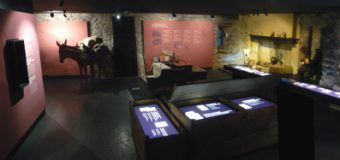
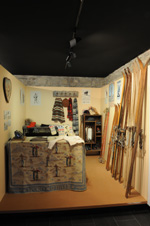
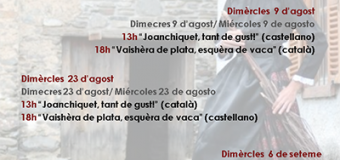
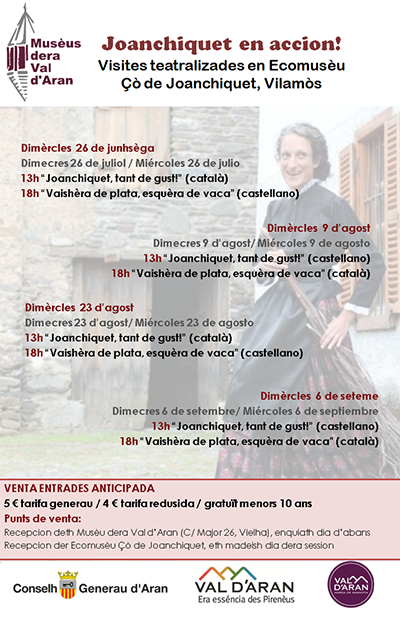 The Joanchiquet de Vilamòs ecomuseum has launched this year a program of theatrical visits that will take place on 26 July, 9 and 23 August and 6 September with two daily sessions.
The Joanchiquet de Vilamòs ecomuseum has launched this year a program of theatrical visits that will take place on 26 July, 9 and 23 August and 6 September with two daily sessions.